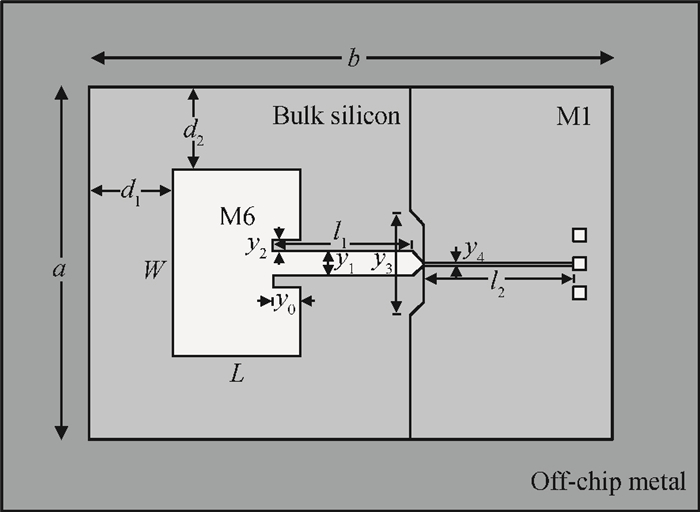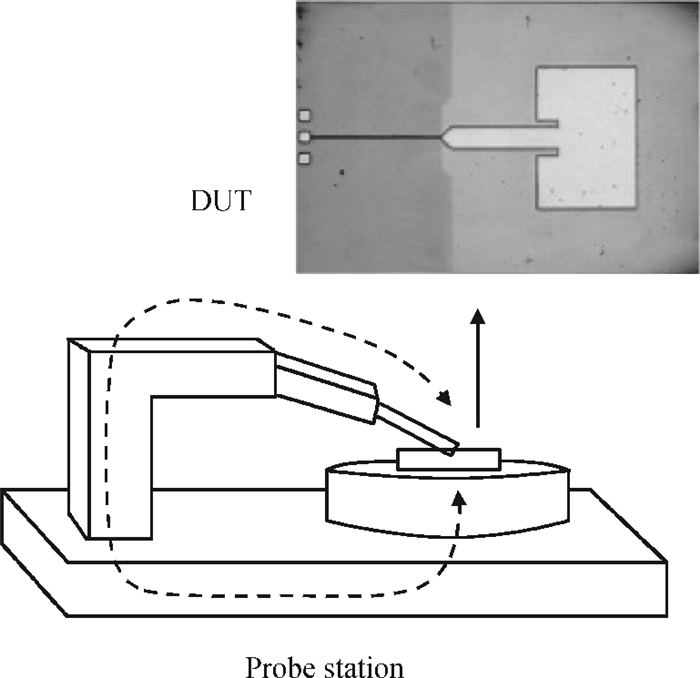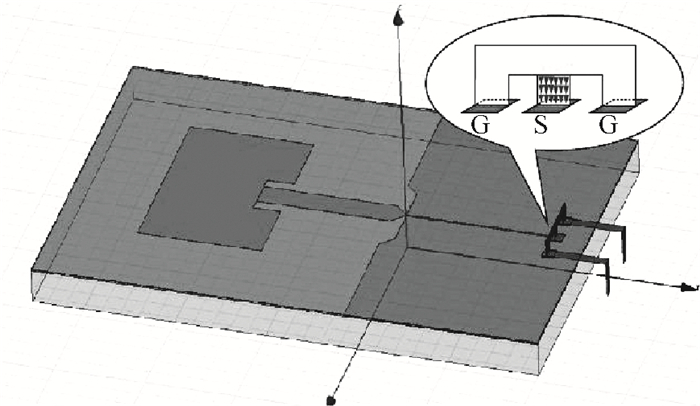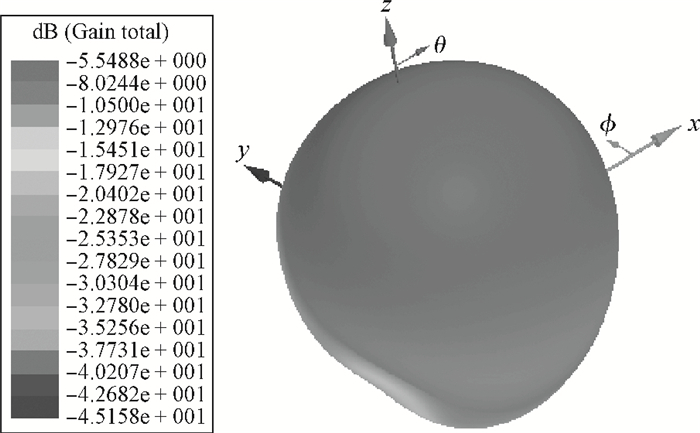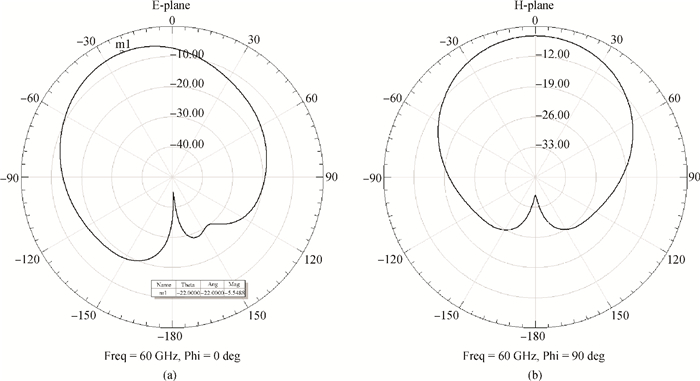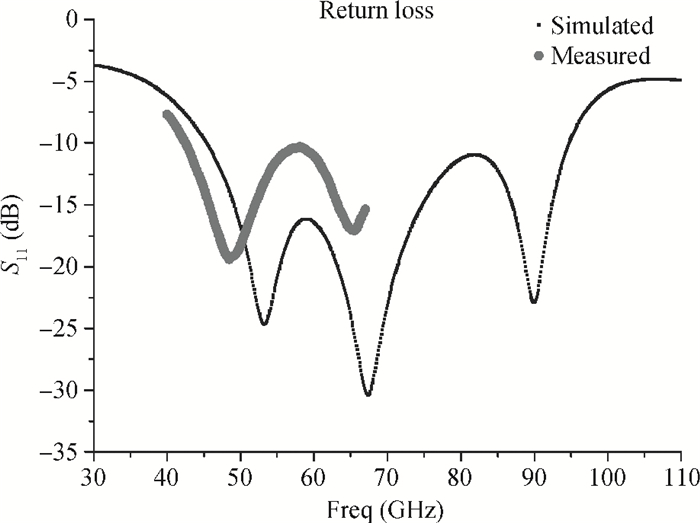| Citation: |
Xiangyu Meng, Baoyong Chi, Haikun Jia, Lixue Kuang, Wen Jia, Zhihua Wang. A wideband on-chip millimeter-wave patch antenna in 0.18 μm CMOS[J]. Journal of Semiconductors, 2013, 34(10): 105010. doi: 10.1088/1674-4926/34/10/105010
****
X Y Meng, B Y Chi, H K Jia, L X Kuang, W Jia, Z H Wang. A wideband on-chip millimeter-wave patch antenna in 0.18 μm CMOS[J]. J. Semicond., 2013, 34(10): 105010. doi: 10.1088/1674-4926/34/10/105010.
|
A wideband on-chip millimeter-wave patch antenna in 0.18 μm CMOS
DOI: 10.1088/1674-4926/34/10/105010
More Information
-
Abstract
A wideband on-chip millimeter-wave patch antenna in 0.18 μm CMOS with a low-resistivity (10 Ω· cm) silicon substrate is presented. The wideband is achieved by reducing the Q factor and exciting the high-order radiation modes with size optimization. The antenna uses an on-chip top layer metal as the patch and a probe station as the ground plane. The on-chip ground plane is connected to the probe station using the inner connection structure of the probe station for better performance. The simulated S11 is less than -10 dB over 46-95 GHz, which is well matched with the measured results over the available 40-67 GHz frequency range from our measurement equipment. A maximum gain of -5.55 dBi with 4% radiation efficiency at a 60 GHz point is also achieved based on Ansoft HFSS simulation. Compared with the current state-of-the-art devices, the presented antenna achieves a wider bandwidth and could be used in wideband millimeter-wave communication and image applications.-
Keywords:
- on-chip antenna,
- patch antenna,
- wideband antenna,
- millimeter-wave
-
References
[1] Carver K R, Mink J W. Microstrip antenna technology. IEEE Trans Antennas Propagation, 1981, 29(1):2 doi: 10.1109/TAP.1981.1142523[2] Milligan T A. Modern antenna design. 2nd ed. John Wiley & Sons, Inc, 2005[3] Hsu S S, Wei K C, Hsu C Y, et al. A 60-GHz millimeter-wave CPW-fed yagi antenna fabricated by using 0.18μm CMOS technology. IEEE Electron Device Lett, 2008, 29(6):625[4] Guo P J, Chuang H R. A 60-GHz millimeter-wave CMOS RFIC-on-chip meander-line planar inverted-f antenna for WPAN applications. Antennas and Propagation society International Symposium, 2008:1 http://ieeexplore.ieee.org/document/4619464/[5] Lin C C, Hsu S S, Hsu C Y, et al. A 60-GHz millimeter-wave CMOS RFIC-on-chip triangular monopole antenna for WPAN applications. IEEE Antennas Propag Soc Int Symp, 2007:2522 http://ieeexplore.ieee.org/document/4396047/[6] Huang K K, Wentzloff D D. 60 GHz on-chip patch antenna integrated in a 0.13-μm CMOS technology. Ultra-Wideband (ICUWB), 2010:1[7] Han R, Zhang Y, Kim Y. 280 GHz and 860 GHz image sensors using Schottky-barrier diodes in 0.13μm digital CMOS. Solid-State Circuits Conference Digest of Technical Papers (ISSCC), 2012:254 -
Proportional views





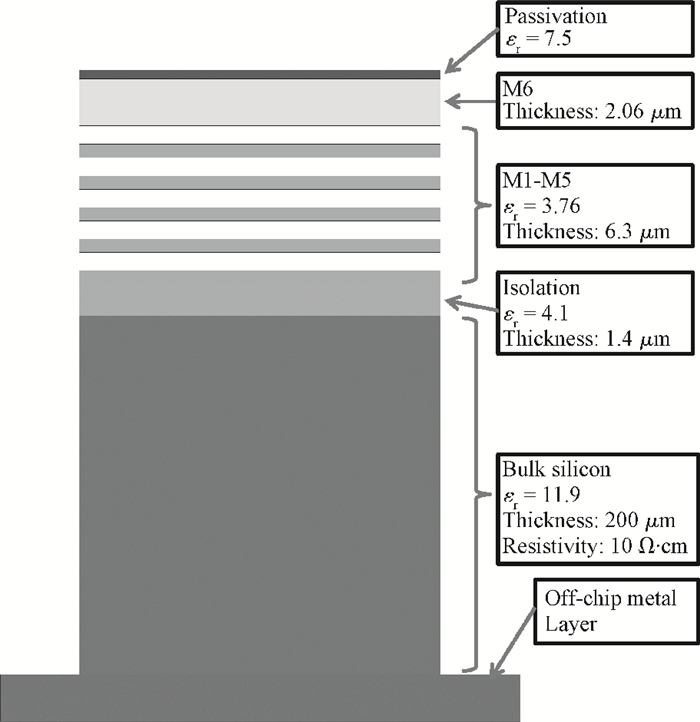
 DownLoad:
DownLoad:
